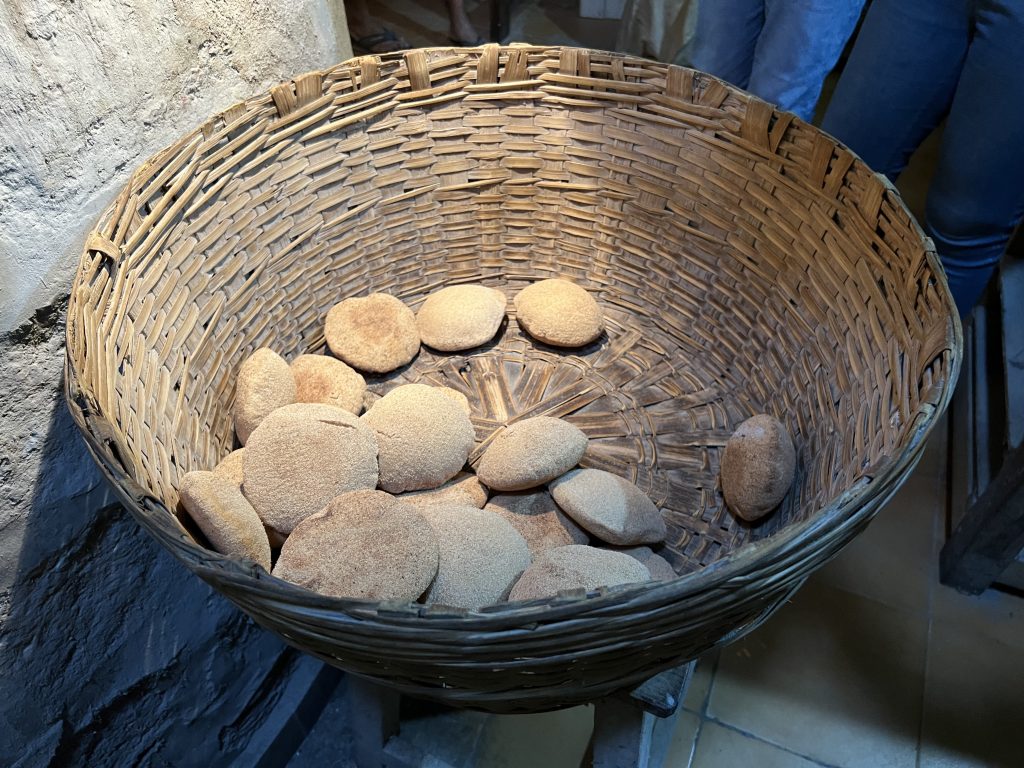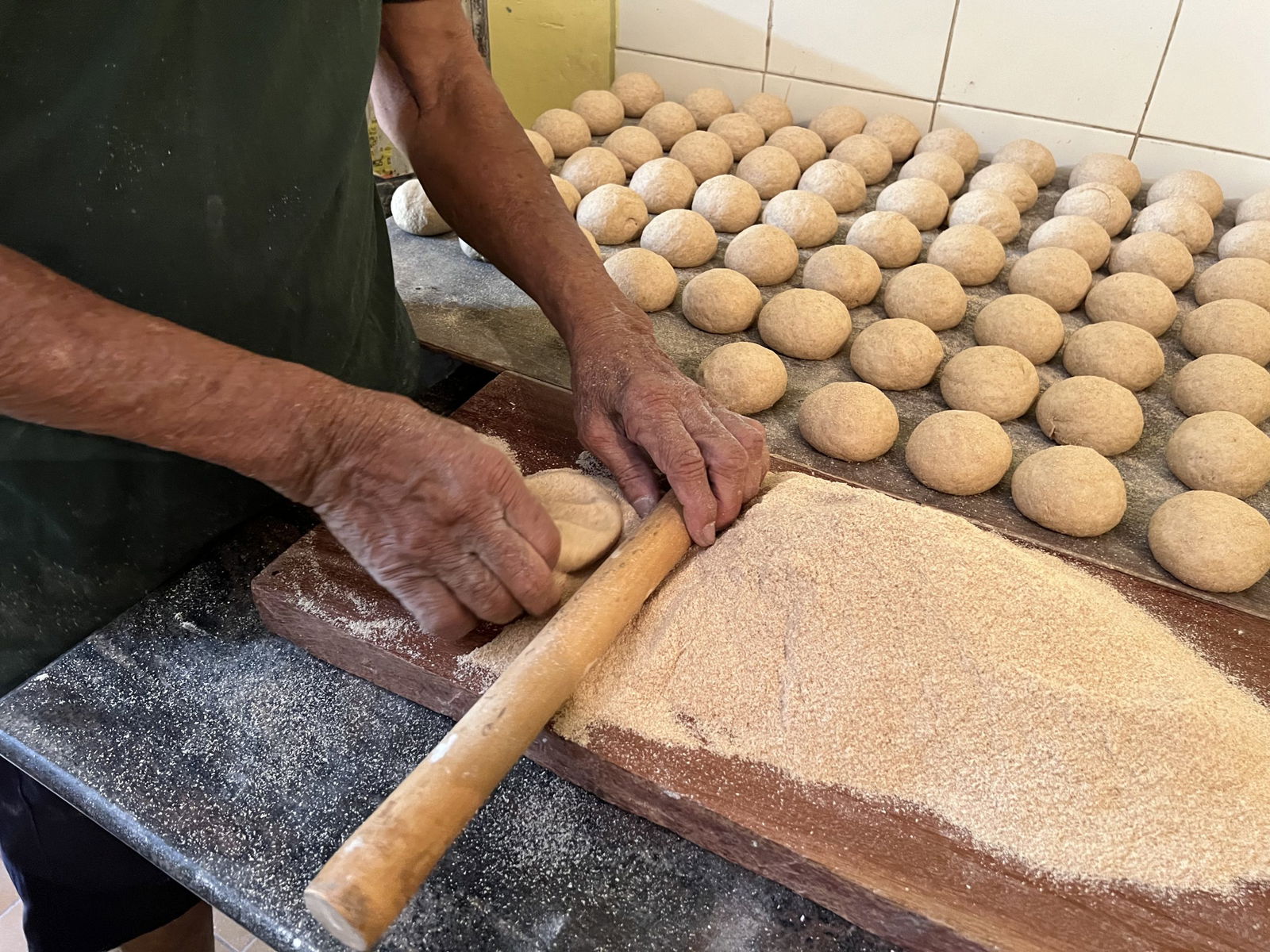Today, when you think about Goa and Goan cuisine, the first thing that comes to mind is “pao” or our beloved “poi.” However, the first myth that was busted with a piece of trivia on this popular trail with Soul Travelling’s “Life of Pao” was that poi is not originally Goan. In fact, it was brought here by the Portuguese. Despite this, it has become a quintessential part of Goan culture and a favourite in all Goan households, irrespective of religion. In this blog, you will experience some bits from this trail, while learning interesting trivia about Goa and poi!
A Walk Through History
This trail starts at the Majorda railway station with a question: What is the one thing you know about Goan history? That’s cue for the first piece of trivia for the day. The reason why the trail starts in Majorda, a village in South Goa is because Pao originated there.
When the Portuguese arrived in Goa, they missed a part of their home – bread. Goans were traditionally rice eaters, so the Portuguese tried to replicate their bread using toddy (sur) in the absence of yeast. Thus, the unique bread preparation of poi came into being.
Today, Mr. Godinho is the only baker in Goa who still uses toddy, as most bakers now use easily available yeast. Toddy tappers are also less common now.
The Passion of Baking – Meet Mr. Godinho
“Life of Pao” with Soul Travelling is one of the most loved trails for two reasons – for the love of pao and because of Mr. Godinho’s welcoming nature. The slightly sweet hint in the freshly baked poi comes from the presence of toddy. The first type of bread to go inside the earthen oven is poi. Then goes in the loni, popularly known as cutlet bread and the last to bake is pao.

Mr. Godinho is a passionate baker who took up baking purely out of love for the craft after completing his service as a medical officer. He decided to revive his father’s old bakery in a 400-year-old structure in Majorda, the place where pao originated. This trail is full of fun stories and Mr. Godinho has many to share. He bakes 400 pois a day, and when we gasped at this, he said, “this is my time pass.” So, if you join the Soul Travelling trail “Life of Pao,” make sure you have a word or two with Mr. Godinho.
Invaded or Invited?
The Portuguese were first invited to Goa by Timoji in 1510 to take over Goa because Goans were unhappy with the rule of Adil Shah. Following which, the Portuguese ruled Goa for 450 long years. After the Portuguese arrived, most temples were moved to the interior forests instead of the coast. Thus, most Goan temples are found in the interiors of Goa.
The stories of Goan conversions were narrated by our guide, Tavanya Coutinho. While some converted to Christianity willingly, others were forced into conversion by Portuguese soldiers. One method the soldiers used was to throw a piece of beef into wells, contaminating the water. When people drank from these wells, rumours were spread that the family had been converted.
But, Who Baked the Bread for the Portuguese?
This calls for another story. When the Portuguese wanted their bread to be made, the question was, who would bake it? They called upon all the people – barbers, potters, soldiers, and Brahmins. The best bread was baked by the kshatriyas, the soldiers. So, they took up baking. Another reason why this was suitable for them was because Kshatriyas were soldiers and the Portuguese wouldn’t employ them in their army to avoid any threats of conspiracies.
A Taste of Home
Ask any Goan settled abroad and they will admit that the one thing they miss the most is poi, as it has no replacement (and no, pita bread cannot replace poi). In fact, many Londonkars freeze pois and take them along whenever they visit Goa. That is how much Goans love their poi – the perfect companion for hooman (fish curry), chicken Xacuti, chanyacho ros (chana curry), and even ros omelette!

This trail seeps deep into history with a touch of modernity. A walk to the nearby post office with a treasure of postcards from the trail carries a dollop of nostalgia. From enjoying sips of hot tea with a generous layer of butter spread on fresh-out-of-the-oven pois, to making paninis at the crowd-favourite Da Titas with pois baked by yourself, this trail comes full circle. From watching the pois bake to watching the cheese in the paninis melt, “life of pao” is one such experience you shouldn’t miss when in Goa, as it’s both food for the stomach, and food for thought!



